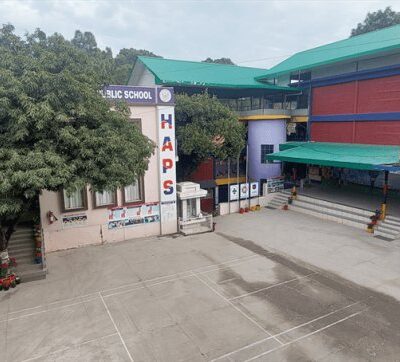Speed detection has become a fundamental tool in the global effort to improve road safety and reduce traffic accidents. As road networks grow busier and vehicle numbers increase, managing traffic speed effectively emerges as a critical challenge for city planners, traffic authorities, and safety advocates alike. Leveraging advanced technologies to monitor and control vehicle speed can significantly lower accident rates, protect lives, and enhance overall traffic flow.
The Evolution of Speed Detection Technology
Modern speed detection systems go far beyond simple radar guns or handheld devices traditionally used by traffic police. Today’s technologies incorporate sophisticated sensors, automatic number plate recognition (ANPR), and artificial intelligence, enabling real-time speed monitoring across large urban areas with remarkable accuracy and efficiency. This evolution in speed detection plays a vital role in enforcing traffic regulations, deterring reckless driving, and fostering a culture of safe driving behavior.
Objective Data for Fair and Consistent Enforcement
One of the most important impacts of speed detection lies in its ability to provide objective data for traffic enforcement. Automated speed detection devices can accurately measure vehicle speed and instantly flag violations without the need for manual intervention. This capability ensures fair and consistent enforcement, which not only enhances the credibility of traffic authorities but also increases compliance among drivers. The deterrent effect is evident: drivers tend to slow down in areas where they know speed is actively monitored, thus reducing the likelihood of accidents caused by speeding.
Enhancing Urban Mobility Through Data-Driven Insights
Integrating speed detection technology with intelligent transport management systems offers powerful benefits. By collecting comprehensive speed data across various locations and times, transport planners can analyze patterns, identify accident hotspots, and develop targeted strategies to improve road safety. For example, data-driven insights may suggest adjusting speed limits in high-risk zones or redesigning road layouts to calm traffic flow. Such evidence-based approaches maximize the effectiveness of safety interventions and optimize resource allocation.
Real-Time Alerts and Dynamic Traffic Management
The real-time nature of modern speed detection systems also enables dynamic traffic management. When speeds exceed safe limits, automated alerts can be sent to enforcement units or displayed to drivers through variable message signs, encouraging immediate corrective action. This proactive approach helps prevent accidents before they occur, rather than responding to consequences after the fact. Moreover, continuous speed monitoring supports emergency services by providing timely information on traffic conditions, facilitating faster response times during incidents.
Versatility of Speed Detection Across Environments
Technological advancements have also made speed detection more versatile and adaptable to diverse environments. From highways and urban streets to school zones and construction areas, customized solutions can be deployed to suit specific safety needs. Portable speed detection units offer temporary monitoring for events or roadworks, while fixed installations provide long-term surveillance in critical locations. Such flexibility ensures that safety measures remain effective and relevant regardless of changing traffic patterns or urban development.
Integrating Speed Detection with Comprehensive Traffic Solutions
Furthermore, the integration of speed detection with other safety technologies enhances overall traffic control. For instance, combining speed measurement with vehicle classification and license plate recognition helps build comprehensive profiles of traffic behavior. This holistic approach facilitates advanced analytics, enabling authorities to identify repeat offenders, monitor compliance with different regulations, and even manage congestion more efficiently. Ultimately, this leads to safer roads and smoother travel experiences for all users.
Reducing Human Error and Bias in Enforcement
Another significant advantage of automated speed detection is its role in reducing human error and bias in enforcement. Traditional manual methods rely heavily on the vigilance and judgment of traffic officers, which can vary based on numerous factors including fatigue and subjective perceptions. Automated systems operate consistently, providing precise and unbiased speed measurements. This reliability not only strengthens enforcement efforts but also helps protect the rights of drivers through accurate evidence collection.
Broader Societal and Economic Benefits
The societal benefits of effective speed detection extend beyond immediate safety improvements. Lower accident rates mean fewer injuries and fatalities, reducing the burden on healthcare systems and emergency services. Safer roads encourage more sustainable transportation choices, such as cycling and walking, contributing to healthier communities. Economically, minimizing accidents helps decrease costs related to vehicle repairs, insurance claims, and lost productivity. In this way, speed detection technologies contribute to broader goals of sustainable urban development and public well-being.
Collaborative Efforts for Effective Implementation
Implementing robust speed detection infrastructure requires collaboration among multiple stakeholders. Governments must prioritize investments in advanced technology and ensure regulatory frameworks support their deployment. Traffic enforcement agencies need to adopt data-driven approaches and integrate speed detection into their operational protocols. Public awareness campaigns also play a crucial role in educating drivers about the importance of speed compliance and the presence of monitoring systems. Together, these efforts create an environment where speed detection can effectively fulfill its role as a key safety tool.





